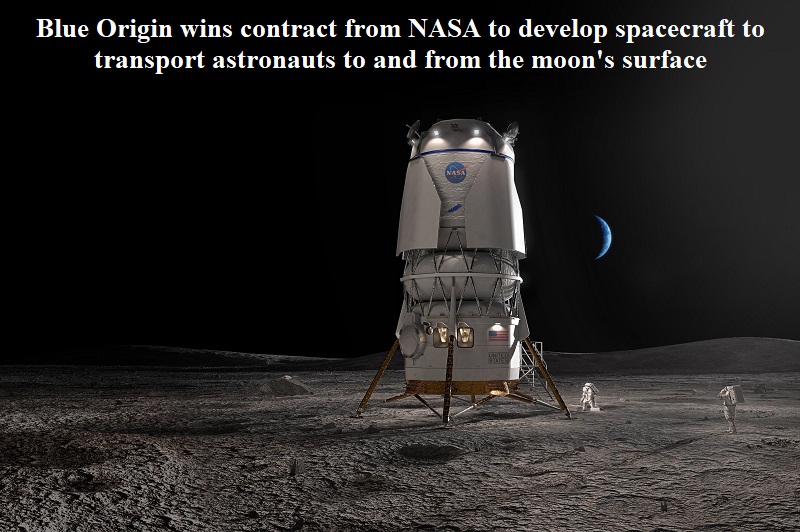
Blue Origin, founded by Jeff Bezos, has secured a $3.4 billion contract from NASA to develop a spacecraft that will transport astronauts to and from the moon’s surface. This announcement marks a significant achievement for the company, coming two years after Elon Musk’s SpaceX was awarded the same contract.
NASA Administrator Bill Nelson expressed enthusiasm about the partnership, stating that Blue Origin would serve as NASA’s second provider in delivering Artemis astronauts to the lunar surface. Nelson highlighted the current “golden age of human spaceflight,” made possible through NASA’s commercial and international collaborations. He emphasized the importance of investing in infrastructure that will facilitate future Mars missions.
Bezos took to Twitter to express his honor in joining NASA on this journey to establish a sustainable presence on the moon. Blue Origin plans to collaborate with Lockheed Martin Corp, Boeing Co, Draper Software, and Astrobotic Robotics to develop its 52-foot tall Blue Moon lander.
NASA’s decision to choose Blue Origin over a rival offer led by Leidos Inc-owned Dynetics provides the agency with an additional option for its Artemis program, which aims to send humans back to the moon. In 2021, NASA had already allocated $3 billion to SpaceX for the development of the Starship spacecraft, intended to land astronauts on the lunar surface.
During the contract announcement, Administrator Nelson emphasized the agency’s desire for more competition and the need for two landers, which would ensure reliability and backups. NASA believes that having multiple partners for the human landing system will increase competition, ultimately reducing costs for taxpayers.
Blue Origin, based in Kent, Washington, will contribute to NASA’s Artemis V mission, which seeks to explore more of the moon than ever before, expand scientific knowledge, and prepare for future missions to Mars. Reports indicate that Blue Origin plans to utilize its New Glenn rocket, which has yet to be flown, to launch both its lander and a refueling shuttle.
The Artemis program includes plans for Artemis 4 in 2028 and Artemis 5 the following year, both of which will land on the moon after passing through a new lunar orbit space station called Gateway, which is yet to be constructed.

Post Your Comments